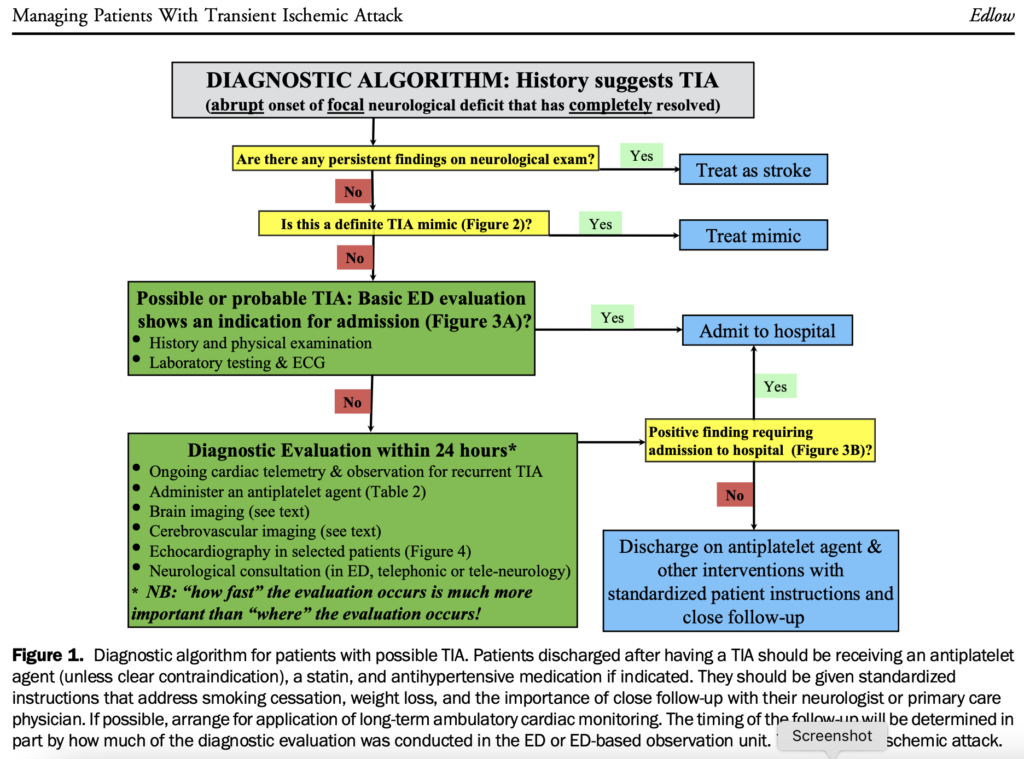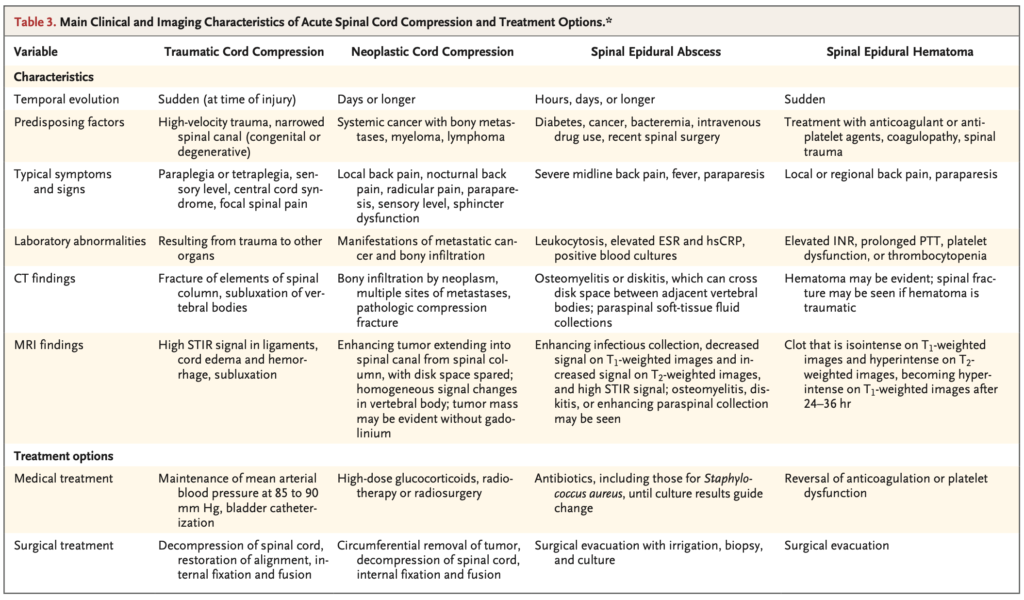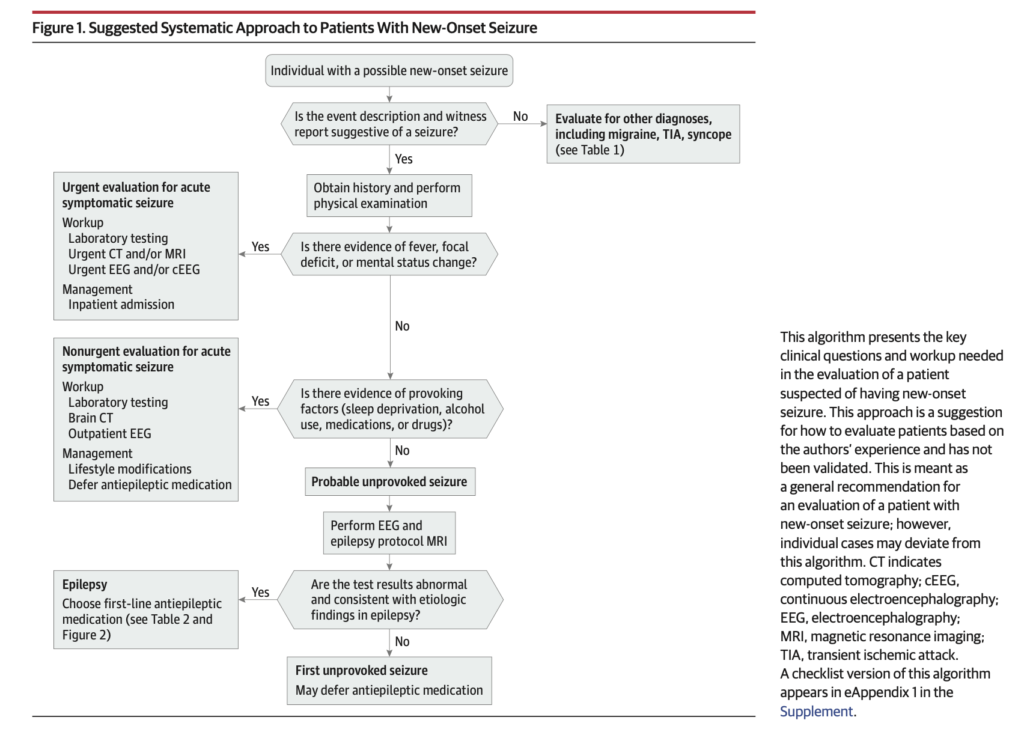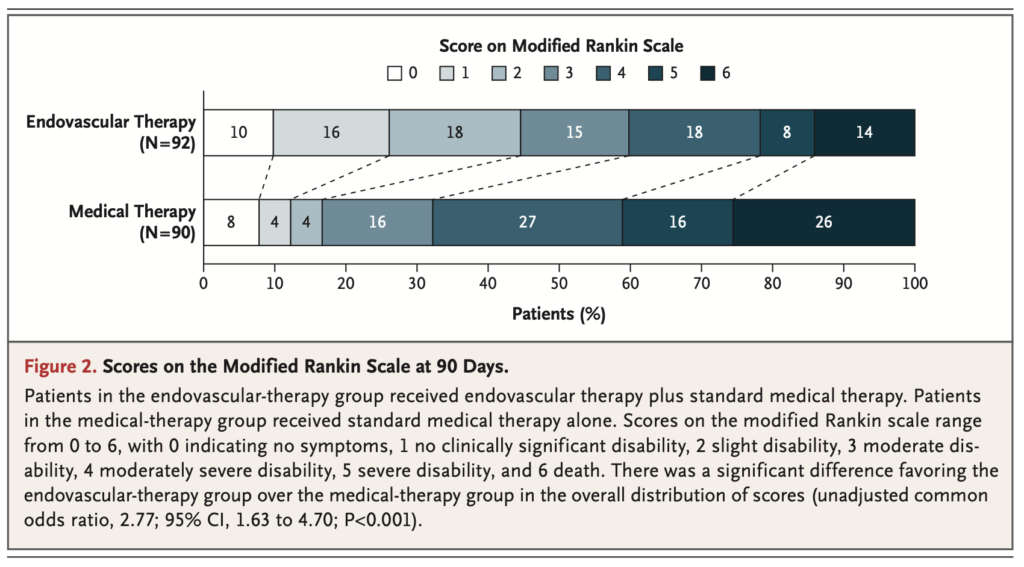Clinical Pathways for Status Epilepticus – Dr. Kuzel and Dr. McKinney
In First 5 minutes:
-ABCDEFG (ABC’s, Don’t Ever Forget Glucose).
-Airway considerations: lateral decubitus, nasal trumpets, O2, suction
-Obtain IV access and search for reversible causes, can consider initiation of first line tx with benzos prior to waiting 5 minutes; be aggressive early
5-10 minutes:
First Line Agents: IV Lorazepam 4 mg and up to 0.1 mg/kg, may repeat Q5min or Midazolam 10 mg IM once if no IV access, or IV Diazepam 10-20 mg. Go big or go home. Get the seizures to stop sooner rather than later as more likely to have respiratory depression from status than with benzos.
Second Line Agents: Levetiracetam 60 mg/kg IV (max 4500 mg) or Fosphenytoin or Phenytoin 20 mg/kg IV (max 1500 mg) or Valproate 40 mg/kg IV (max 3000 mg)
Consider intubation if needed.
10-30 minutes:
Medications in refractory status epilepticus: Propofol 2-5 mg/kg IV, then infusion of 2-10 mg/kg/hr. Midazolam 0.2 mg/kg IV, then infusion of 0.05-2 mg/kg/hr. Ketamine 0.5-3 mg/kg IV, then infusion of 0.3-4 mg/kg/hr. Phenobarbital 15-20 mg/kg IV at 70-75 mg/min.
Advanced airway management: RSI. Preoxygenation. Induction: Propofol or Ketamine. Paralytics: Succinylcholine or Rocuronium (however consider status not being seen). When to intubate: when predicted course of seizures will necessitate high dose of respiratory depressing drugs.
–Special considerations: Consider nonconvulsive status epilepticus in known epileptic patient without return to baseline (emergent EEG, consider benzos). Always consider tox causes (avoid Phenytoin of Fosphenytoin in undifferentiated tox patient or drug withdrawal. Also avoid if this is a home medication due to concern of cardiotoxicity). Give Thiamine 100 mg if alcoholic. In isoniazid overdose, give pyridoxine 70 mg/kg, Max 5 gm.
–Pediatric considerations: Access usually a problem. Intranasal Midazolam 5 mg/mL solution dosed at 0.2 mg/kg divided into each nostril. Lorazepam 0.1 mg/kg IV, max 4 mg. See CHOP status epilepticus
Oral Boards – Dr. Shoff
-What do I see when I walk in room? If AMS, get POC glucose early on
-IV access, heart monitor, O2 monitor
-If a vital sign is missing, ask for it, likely will be abnormal
-If vitals are abnormal, start addressing immediately. Can always request “if this intervention changes a vital sign, will you let me know?”
-Always ask allergies before giving meds
-Get history from whoever you can: paramedics, family. Don’t forget social, surgery, family hx
-When to order things: right when you walk in, after history, after physical (can whenever but these are the 3 best times)
-If you ask specifics in regards to exam, they will answer yes/no, don’t want to be too broad but don’t forget to ask things either.
Geriatrics Lecture – Mobility
-Find out who lives at home, steps at home, assistive devices?
-Walk the patient in the ED and see how they do
-Could request PT/OT eval; may be hard from ED but could admit for these services.
-If thinking needs rehab/admit and not obs because they need a 3 day stay for insurance purposes
-If discharging, make sure home health eval can occur. If discharging with pain meds, do only half a pill.
-If patient is falling, consider that this is #1 morbidity/mortality for elderly
Meningitis – Dr. Platt
–Important higher level questions to ask: exposure to recent meningitis, current sinusitis/OM, recent antibiotic use, travel such as to Hajj and Umrah, recent IVDA, progressive rash, recent or remote head trauma, HIV infection, immunocompromised, recent drug use including OTC, age, vaccination status
-Screening CT not necessary if none of these apply: immunocompromised state (HIV, immunosuppressive therapy, solid organ or hematopoietic cell transplant), Hx of CNS disease (mass lesion, stroke, or focal infection), New onset seizure within 1 week of presentation, papilledema, abnormal level of consciousness, focal neurological deficit.
-LP: try to get blood cultures first and quickly do LP before antimicrobial therapy. If there will be a delay, blood cultures, abx.
-Drug that cause aseptic meningitis: NSAIDS!, antimicrobials (Bactrim, Amoxicillin, Isoniazid) most common but others include Muromonab-CD3 (Orthoclase OKT3), Azathioprine, IVIG, Intrathecal methotrexate or cystine arabinoside.
-CSF studies: normal glucose is about 2/3 concentration of blood. Glucose may decrease with bacteria, WBCs, or cells shed by tumors. Small amount of protein is normal in CSF but increases commonly seen with meningitis and brain abscess, brain or spinal cord tumors, MS, GB, syphillis. Don’t forget to order specifics for what you want.
-Don’t forget Dexamethasone prior to/same time as antibiotics
-Antibiotics based on age: <1 month (Ampicillin + Cefotaxime or aminoglycoside), 1 month to 50 years (Vanc + ceftriaxone +/- Rifampin if dexamethasone given), >50 years (Vanc + Ampicillin + Ceftriaxone +/- Rifampin if dexamethasone given).
![Room9er ["Room Niner"]:](https://room9er.com/wp-content/uploads/2020/03/cropped-Screen-Shot-2020-03-08-at-3.16.16-PM.png)



